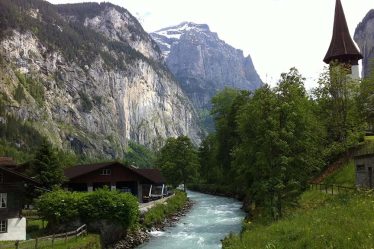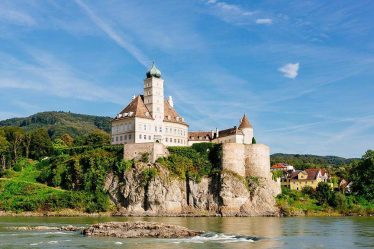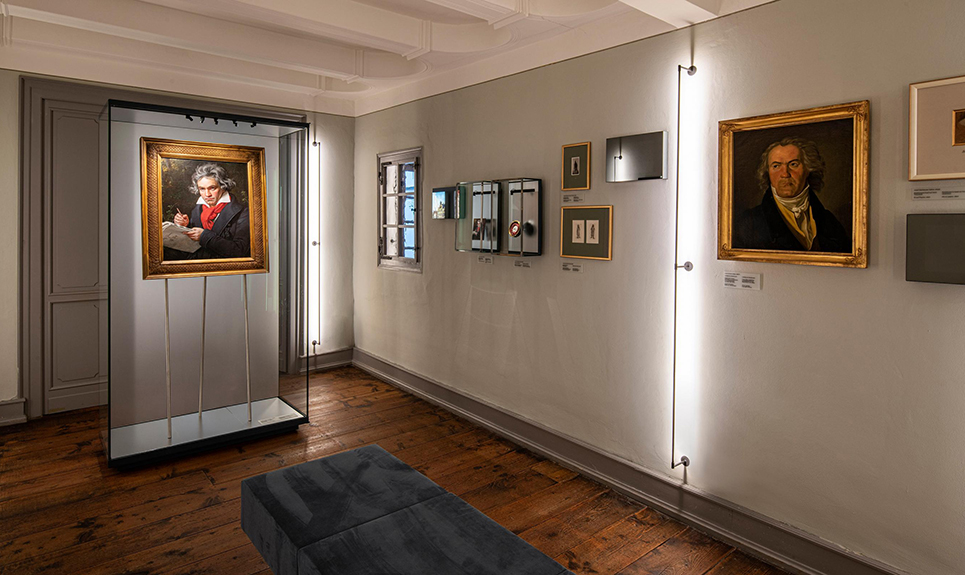
Bonn, located in the region of North Rhine-Westphalia, is a small city famous for having been the capital of West Germany and the birthplace of Ludwig van Beethoven. Although it does not boast internationally renowned tourist attractions, it is worth dedicating at least a day to visit it, perhaps taking a day trip from Cologne. We review some of the main places to see in Bonn.
Altes Rathaus (Old Town Hall)
At the heart of Bonn lies the Bonner Marktplatz, a square where markets have been held since ancient times. Surrounding the square are several historic buildings, among which the Altes Rathaus (Old Town Hall) stands out. Built in 1738 in the Baroque style by Michael Leveilly, the most notable feature of the Altes Rathaus is its famous staircase, the scene of important speeches by German presidents and personalities such as Charles de Gaulle, J.F. Kennedy, or Gorbachev during Bonn’s time as the capital of the FRG.
Bonn Cathedral
The Bonner Münster, dedicated to St. Martin, is a Catholic cathedral whose construction began in the year 1050. The first phase of the construction lasted until 1239, which is why some Gothic elements were added to the initial project, which followed Romanesque canons. Although these styles predominate on the exterior, the interior decoration is mainly Baroque. Notable features include the 12th-century cloister, the organ, the cathedral spire (which rises to 92 m), the crypt, and the marble altars.
Other religious buildings worth seeing in Bonn, if time permits, are the Gothic church of St. Remigius (1307), where Beethoven was baptized and played the organ at the age of 12; the Doppelkirche (1151), with two churches in one and frescoes from the 12th century; and the Kreuzbergkirche, on the outskirts, decorated in rococo style and with a replica of the Holy Stairs of Rome.
Beethoven-Haus
On December 16, 1770, Ludwig van Beethoven was born at No. 20 Bonngasse street. There, he spent his first four years of life with his family before moving to other houses that have not been preserved. In total, Beethoven lived 22 years in Bonn (later settling in Vienna), where he demonstrated from a very young age that he was a music prodigy. Today, his birthplace, converted into a museum, exhibits portraits, manuscripts, instruments, and everyday objects that tell us about the life and work of the German genius.
Beethoven’s footprint in Bonn is very deep. In Münsterplatz, opposite the cathedral, you can see a bronze statue of the composer, made in 1845 to commemorate the 75th anniversary of his birth. If you are interested in Beethoven’s figure, ask about his thematic route at the tourist office. Another great composer and pianist linked to the city is Robert Schumann, who spent his last years in Bonn before passing away in 1856. His last residence (with a library and memorial) can be visited on the outskirts.
University of Bonn
Founded in 1818 by King Frederick William III, the University of Bonn is located in what was the Electoral Palace, the former residence of the Elector Princes. The enormous main building (1705) is inspired by El Escorial. On one side stands the Coblenza gate (1751), in Baroque style, presided over by the golden statue of the Archangel Michael. Today, the University of Bonn ranks among the best in Germany and is one of the most prominent in the world in the field of mathematics. Among its alumni are 11 Nobel laureates and illustrious figures such as Marx, Nietzsche, Thomas Mann, Max Ernst, or Pope Benedict XVI.
Adjacent to the university is the Hofgarten, a huge park usually bustling with students and has been the scene of historic demonstrations. In the same university complex and in the surroundings of the park, there are three museums linked to the University of Bonn: the Akademisches Kunstmuseum, with a large display of Greek and Roman statues; the Ägyptisches Museum, a small museum of Egyptian art; and the Arithmeum, an interesting and modern museum of mathematics where, among other things, a large collection of calculators is exhibited.
Rhine Promenade
One of the best things to do in Bonn is to take a stroll along the Rhine. A good starting point could be the modern Theater Bonn, which hosts operas, plays, musicals, concerts, etc. Just to the south lies the Alter Zoll, a bastion from 1644 that now serves as a viewpoint. If you’re feeling adventurous, you can walk to the Rheinaue Park (about 5 km away), an immense park that has it all: a lake with boats, a Japanese garden, waterfalls, an aviary, a rose garden, a tourist train, etc.
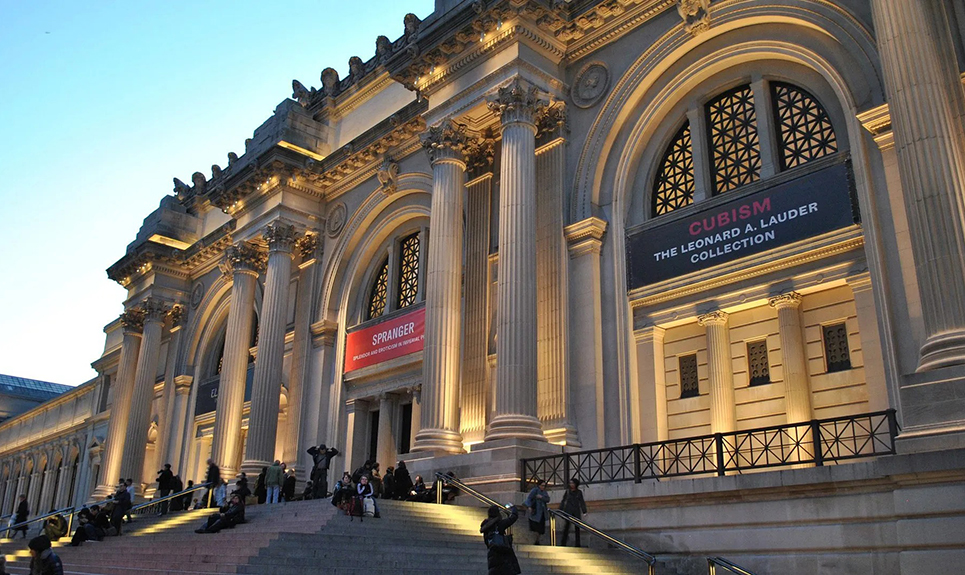
Museums Mile
If you have at least two days to explore Bonn, then you might be interested in visiting some of its museums. Five of the most important ones are concentrated in the so-called Museums Mile. The most popular of all is the Haus der Geschichte, which ranks among the most visited in Germany. This enormous museum covers the recent history of Germany, from 1945 to the present day, through household items, vehicles, photographs, advertising, clothing, newspapers, etc.
The next most relevant is the Museum Koenig, a natural history museum that can be ideal if you are visiting Bonn with children. There are four floors filled with dioramas depicting different wildlife habitats. If you enjoy contemporary art, then the Kunstmuseum Bonn has to be on your list. The mile is completed by the Bundeskunsthalle (exhibition center) and the Deutsches Museum Bonn (modern technology).
Sterntor
The city of Bonn had medieval walls with several gateways. The only thing still standing from those fortifications is the Sterntor, built around 1244. This gate was originally located on the nearby Sternstraße, but in 1898, it was demolished to make way for increasing traffic. Fortunately, only a few years later, it was rebuilt in its current location and is now protected as a historic monument.
Haribo
Beyond Beethoven, perhaps HARIBO is the most internationally recognized icon of Bonn. Who hasn’t tried their famous gummy bears? The company was founded in 1920 by confectioner Hans Riegel, who used an acronym to name it: HAns RIegel BOnn. At that time, the company’s capital amounted to little more than a sack of sugar and some tools, but today HARIBO has 16 factories and nearly 7,000 employees. You can visit its headquarters (located far south of the city) or the HARIBO Store located next to the university.
Drachenburg Castle and Drachenfels Ruins
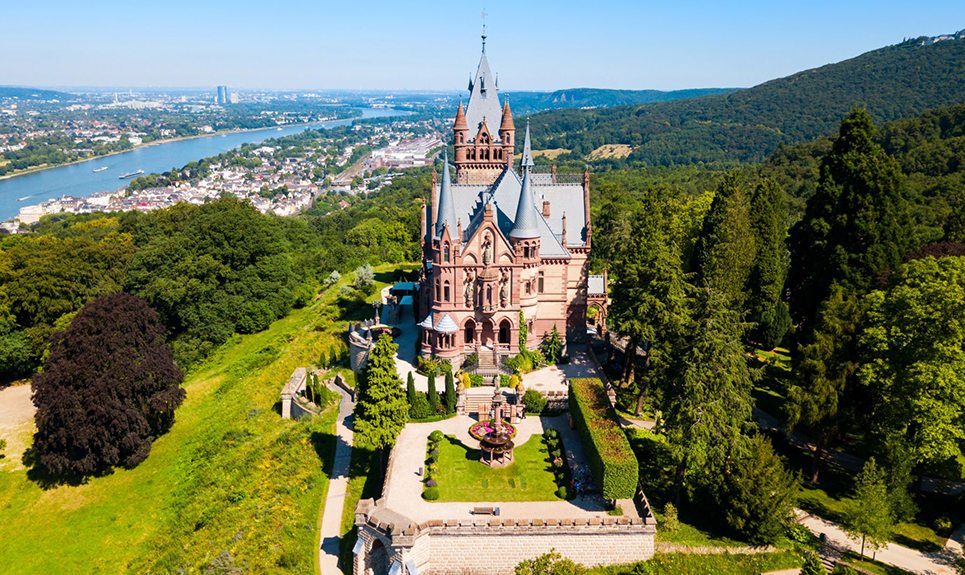
Although not within the city limits, if you’re visiting Bonn, you shouldn’t miss Drachenburg Castle and the ruins of Drachenfels, located about 13 km south along the Rhine. As for Drachenburg Castle, it’s a relatively modern palace (1884), built in a historicist style in just two years for stockbroker Stephan von Sarter, who barely got to use it. Following the romantic tradition of the time, the building resembles a true fairytale castle. It can be visited, but it’s worth going even if just to see it from the outside.
The ruins of Drachenfels, on the other hand, are 650 m from the castle, up the hill of the same name. At this point, there was a defensive fortress from 1167, of which only a tower remains today. However, the place is very popular due to the legends surrounding Drachenfels (Dragon’s Rock) and the fantastic views it offers over the Rhine Valley. In Königswinter, you can take a cogwheel train that stops at these two places. Our suggestion is to ride up to the ruins by cogwheel train and then descend on foot. Along the way, you’ll find an unbeatable viewpoint overlooking Drachenburg Castle.
Poppelsdorf Palace and Botanical Garden
In our list of places to see in Bonn, we must mention Poppelsdorf Palace, the former residence of Prince Elector Clement Augustus. It currently houses the biology and mineralogy institutes of the University of Bonn, as well as a museum with a large collection of rocks and meteorites. Opposite the palace is the Botanical Garden, with a collection of over 11,000 plant species and some of the largest water lilies in the world.
Bonn, with its rich history, cultural heritage, and picturesque landscapes along the Rhine, offers a delightful experience for visitors. From exploring the historic landmarks like Altes Rathaus and Bonner Münster to delving into the musical legacy of Beethoven at Beethoven-Haus, there’s something for everyone in this charming city. Whether strolling along the Rhine promenade, admiring the architectural wonders, or indulging in the sweetness of HARIBO, Bonn captivates with its unique blend of tradition and modernity. Don’t miss out on the opportunity to uncover the treasures of Bonn and create unforgettable memories in this enchanting German city

